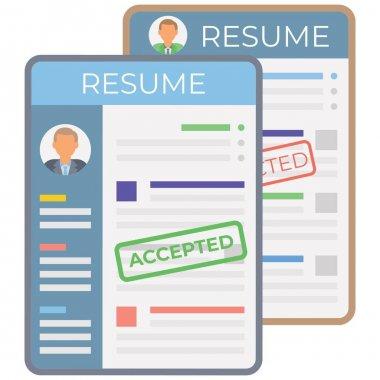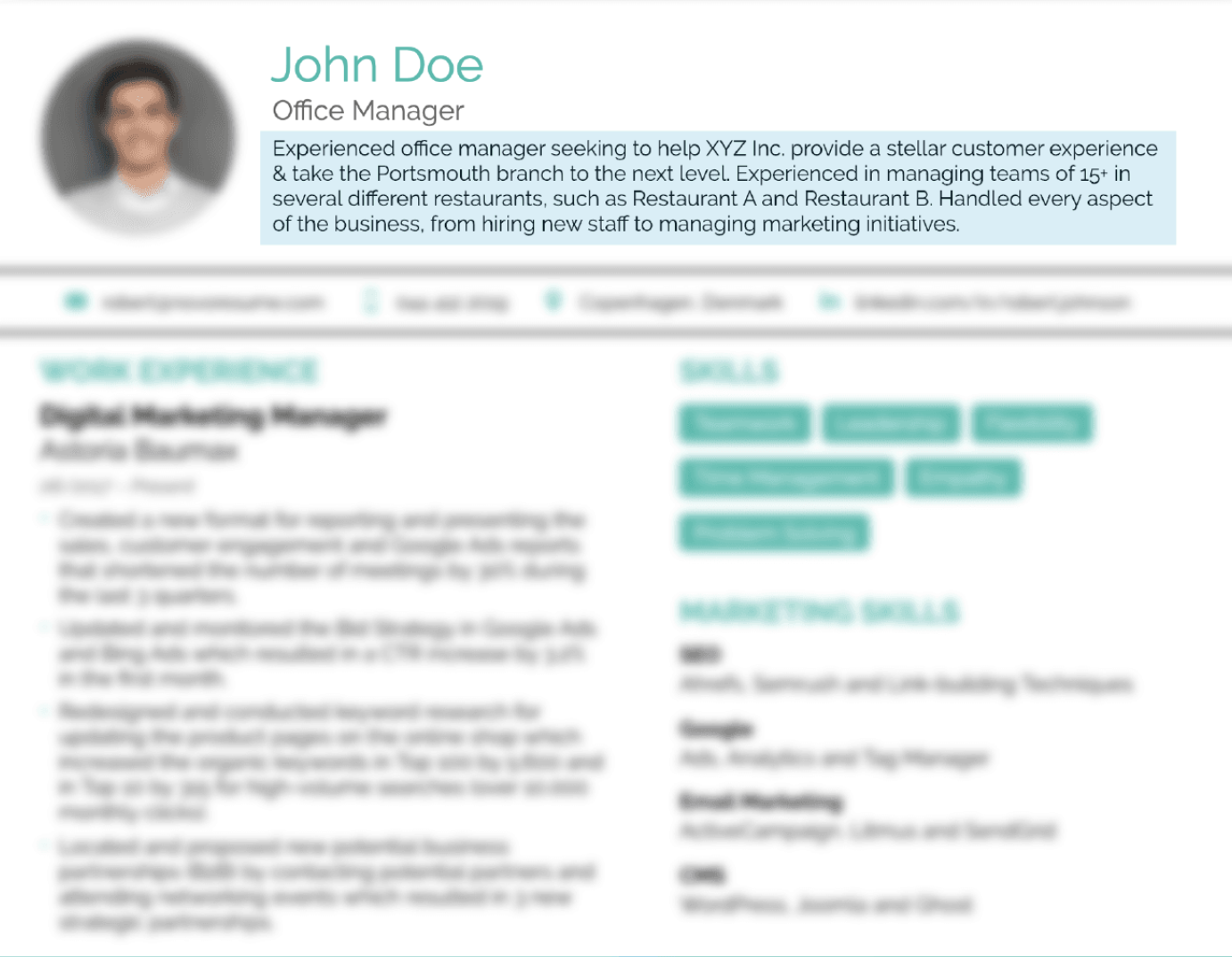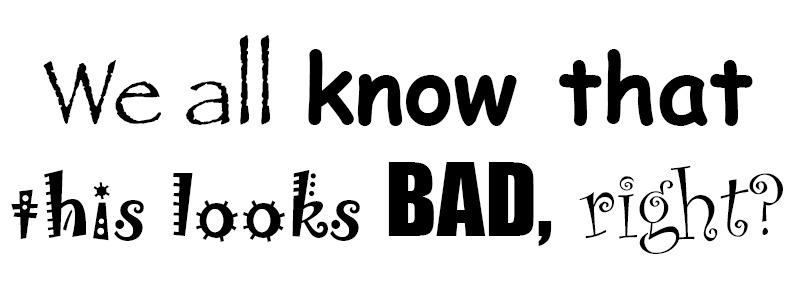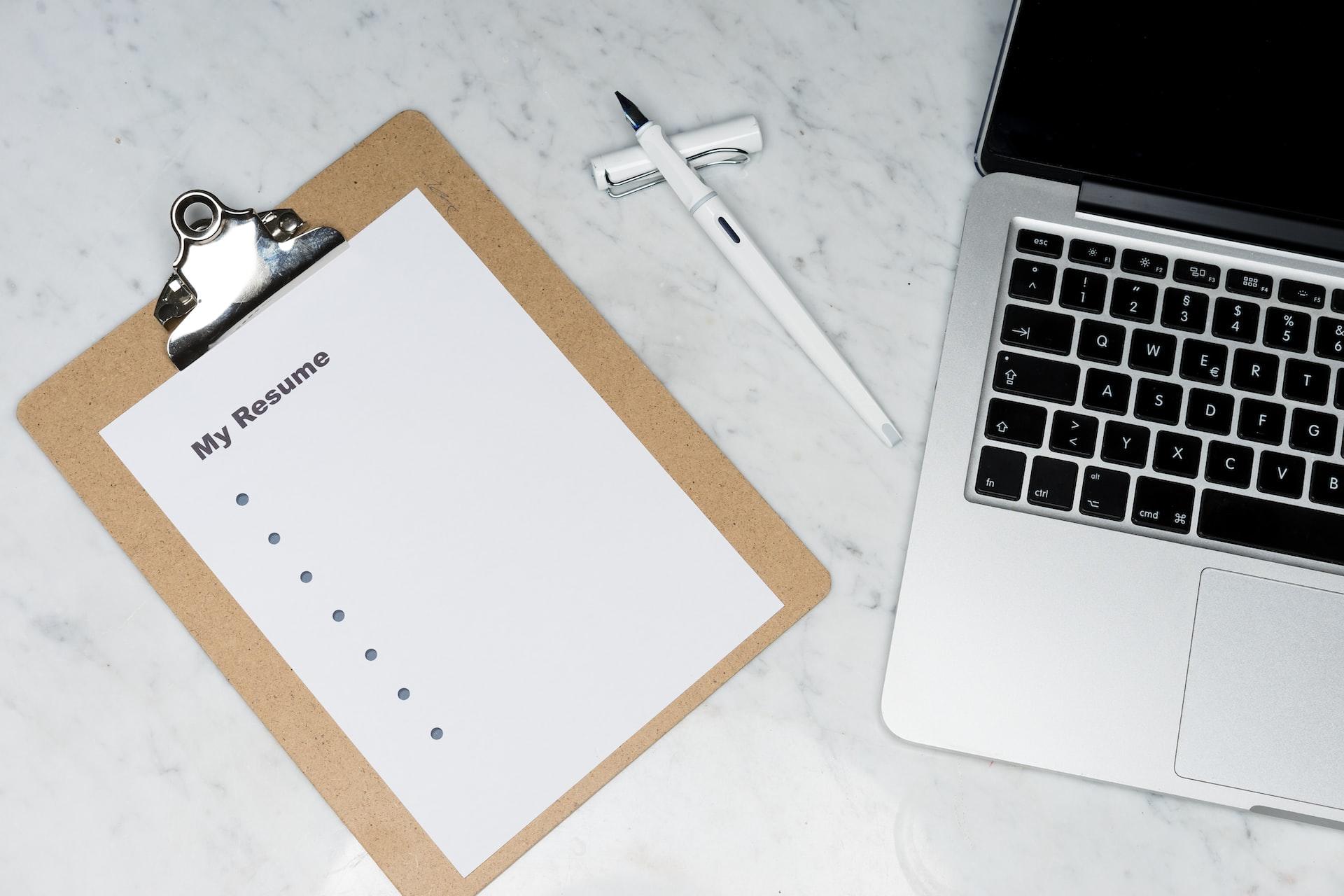A fresher resume is a resume written by a recent college or high school graduate who lacks work experience.
In short, it’s a resume for those new to the workforce. Writing a resume as a fresher is similar to writing a resume as an experienced job applicant. However, you need to use the best resume format for freshers to ensure that you present your skills and experience in a way that captures hiring managers’ attention.
A fresher resume is essential for those who have recently graduated from high school or university and are about to enter the workforce for the first time. The resume format for freshers is generally simple and easy to scan. By highlighting your skills, strengths, and work experience, the resume helps to bring you to the attention of job recruiters.
A fresher resume focuses more on your assets as a person, highlighting your skills and abilities to compensate for your lack of experience.
In India, usually, freshers are the freshly passed out college or university graduates who lack work experience. Unfortunately, this fact makes most freshers unable to compose the required impact in the resume to make them stand out from the crowd. As a job seeker in India, you should reflect on your worth and convince the hiring committee to land you an ideal internship or job.
Know the difference between a resume and a CV.

Find complete job search help in this comprehensive guide for freshers in India.
A professional and proper resume format has very detail-oriented information. As a fresher jobseeker in India, some of the points you should keep in mind while composing your resume are:
- Try to customize your resume by the company to which you are applying for a job. Avoid sending the same resume for different kinds of job applications. Tailoring your resume to the job description of the position you seek is essential.
- Don’t create a lengthy resume, rather, try to keep your information intact, crisp, and specific.
- Perform all the priority checks regarding the personal and contact information you have provided at the start of the resume.
- You should start building a resume with a simple resume format by visualizing some of the ideal samples before upgrading it.
- Always ensure that your resume reflects the enthusiasm and does not appear ambiguous and confused. You should frame the CV format Indian structure so that it makes you a valuable asset in the eyes of your employer.
- Use bullet points to highlight your training, past working experience, skills, and academic qualifications.
- Refrain from using any fancy fonts and try to frame a subtitle and simple resume format
- Do not forget to state all the languages known to you and your proficiency in them. Usually, in CV format Indian content, you must mention at least English, Hindi, and your regional language.
- Use a sufficient amount of the right keywords and jargon to make your resume worthy.
- Try to build your resume as an ideal CV format India structure by being as descriptive as possible.
- Avoid vaguely stating your past working experience in your Indian resume format by directly jotting it down. Try to maintain proper tonality and structure while writing this section. For example, you should focus more on describing how you did the job rather than what you did.
- It always is a plus point in CV format India content to explain your past roles and responsibilities to reflect your potential to the recruiter.

Resume for Indian Student Jobs
Writing a resume with no experience can be tricky. How do you convince employers that you have what it takes to be successful when you don’t have any work experience to prove it? Follow these tips to write a strong resume that shows off your strengths as a fresh graduate.
Compelling “About Me”
On average, hiring managers spend less than 8 seconds on each resume. To immediately grab their attention, you need a persuasive resume introduction that provides an overview of your background and the skills and accomplishments that make you a good fit for the role.
For freshers, it’s better to opt for an “About Me” introduction rather than a resume summary, which focuses more on work-related accomplishments and is better suited to more experienced job seekers. As a recent graduate, you should include the following information in the “About Me” section of your resume:
- Your major
- Part-time jobs or internships relevant to the position you’re applying for (if any)
- Relevant certifications
- Professional goals
Include a resume summary that sums up your previous jobs and qualifications in 50 words or less. Don’t just repeat what’s on the resume below. Instead, offer insight that might compel the HR manager to learn more about you. If that’s not the case, feel free to include a resume objective that mentions your motivations and why you’re the perfect candidate for your job. If you don’t have much experience, feel free to lean on what inspires you.

Resume Keywords
A mistake many freshers make is to submit the same generic resume to multiple companies. The trick to writing a good resume – and maximizing your chances of getting invited for an interview – is to tailor it to each position you apply for. Employers want to know that you’ve thoroughly read the job description and understand the job requirements. Including resume keywords throughout your resume is a good way to show that you’ve taken the time to think about what makes you a good fit for the position. Resume keywords describe the duties you’ll be expected to perform and the qualities that’ll help you excel at the job.
Check out the best job sites for freshers in India.
Focus on Education
If you don’t have any professional or volunteer experience relevant to the position you want to fill and are struggling to make your resume a full page long, emphasize your education section instead. Here’s what you can do to bulk up your resume’s education section:
- List your GPA
- Include honors and awards
- Mention relevant coursework
Transferable Skills
Being a recent graduate doesn’t mean you haven’t developed valuable skills that could give you an advantage over other, more experienced candidates. Throughout your academic career, you’ve likely picked up numerous valuable transferable skills. These are hard and soft skills highly sought after by employers in all industries because they make employees more well-rounded and adaptable. A few examples of transferable skills are:
- Interpersonal skills
- Computer skills
- Public speaking
- Leadership
- Problem-solving
- Communication
- Collaboration
- Language skills
- Research
In addition to listing your transferable skills in the skills section of your resume, emphasize particularly relevant skills by spotlighting them in your experience section.
Proofread Resume
Even if you’ve carefully crafted each section of your resume, make sure to read through the entire final draft before you start sending it out to employers. Going over your resume one last time will allow you to catch and correct grammatical errors, repetitive language, and other resume mistakes that could cost you the job. You should also ask a friend or family member to look at your resume. They might notice areas where there’s room for improvement that you’ve missed.
Find out all about a cover letter and its importance in a job application.
Best Fonts and Letter Size for Your Resume
You may have the best resume in the world, but if the font is assaulting the HR manager’s eyes, chances are they will not give you a call back soon. Similarly, if you go with the most boring font that’s almost camouflaging with the background, they just might forget about your resume by the end of the day. Most HR managers don’t spend much time analyzing your resume.
The very first they look at is the resume layout, and only then do they go through the contents. If the layout is good (e.g., 1 page, looks good, easy-to-scan, etc.) and the font looks readable, they will decide if it’s worth a read or not.

Basic Layout
When it comes to the resume layout, here’s what you need to know:
- Line spacing - Go for 1.0 or 1.15 line spacing between text and double lines after subheadings. Feel free to adjust this accordingly based on the space of your resume
- Bullet points - You can use bullet points in your resume experience section to make it easier to skim. Just make sure you don’t overuse them, and limit them to 6 points within each section.
- Resume length - Stick to one page unless you have 5+ years of experience (2/3 pages at most, in that case).
The most common font is black Times New Roman at 12 points in size. Other serif fonts with tails that work well include Cambria, Georgia, Garamond, Book Antiqua, and Didot. Sans serif fonts, those without tails, that work well include Calibri, Helvetica, Verdana, Trebuchet MS, and Lato.
Use bolding, italicizing, and CAPITALIZING to emphasize important information, such as your name and section headings, but be consistent.
The standard font size for resumes is 12 points in a classic and easily readable font. Larger fonts are good for emphasizing your name and section headings. If you can't fit your content on one page you could try using a sans-serif font at 10 points, but that's the minimum font size you should use.
Your font size doesn’t need to be uniform across your resume. You can change it to help make your important information—like section headings—stand out. Just be sure to use the same font size for each type of information across your resume, and make sure the relative sizes are logical.
Check out the best cover letter format for freshers in India.
While making a resume, you must keep your details brief and to the point. This reflects that you are a worthy candidate for the job and have a clear mindset to complete any task at your hand. Unfortunately, in India, several top employers read and scan hundreds of resumes daily to fill a few high-paying jobs. In such a scenario, it is difficult for a professional worker to secure the desired position, much less a fresher one.











